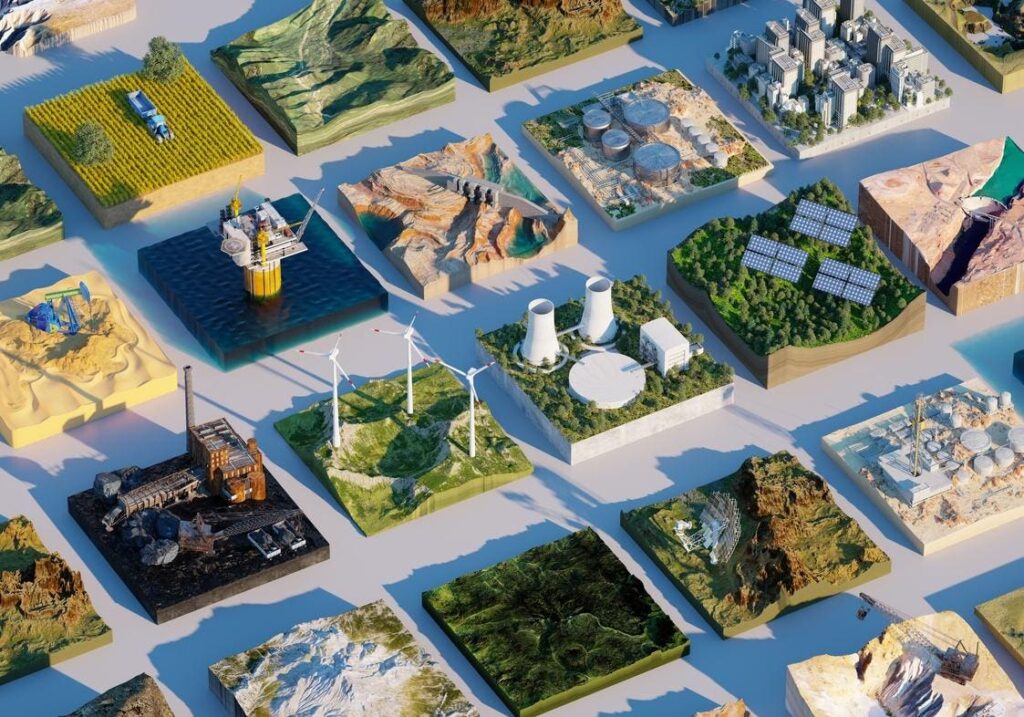Whitaker Irvin, Jr. is CEO of Q Hydrogen, which is developing a new technology for turning water into clean, efficient, renewable hydrogen.
Access to energy can feel like a given to some. For much of the U.S. population, filling up with gas, switching on the heater and turning on the stove are everyday behaviors that feel as normal as breathing.
However, there are many regions, particularly remote and rural areas, that remain energy deserts. For the people who call these locales home, there can be little to no access to affordable, reliable and modern energy sources.
These energy deserts come with significant consequences: Economic development falters in areas without reliable electricity, and the environment also suffers due to the need to transport fossil fuels and other energy sources to these remote regions.
However, these areas also hold incredible potential to become energy hubs where business investments and advancements in technology and alternative energy sources can transform them.
Why Do Energy Deserts Exist?
Lacking access to affordable and reliable energy is a significant problem for community health and growth. Rural and low-income communities are disproportionately affected, and isolated areas of the Midwest and West, as well as tribal lands, parts of Appalachia and the Gulf Coast, have become some of the most energy-lean areas of the nation.
Some of these locations suffer from insufficient infrastructure investments and maintenance, while others are victims of their own geographical or political constraints. Ironically, many of these regions were once energy creators, but as traditional energy industries declined, so too did the coal mining and oil refineries that made them thrive. Since then, limited access to renewable energy has prevented continued growth and only escalated their decline.
From Abandoned Facilities To Alternative Energy
Regardless of the catalyst for the deterioration of these communities, new options are becoming available to support them in the future. Renewable energy resources, including wind, solar and hydrogen, have become game changers for energy deserts and can function within repurposed abandoned infrastructure. Coal-fired plants, for example, could become storage or production facilities for renewable energy. Each region would be unique, but it is empowering for communities to know that old power plants, refineries and industrial sites could become clean energy hubs without the costly investment of new builds.
In tandem with these energy transformations comes job creation. Construction for remodeling existing infrastructure, as well as maintenance and management of renewable energy facilities, would encourage local entrepreneurship and innovation. These local communities would not only gain access to energy through this process but also to the potential for improved quality of life.
A Clean Catalyst For Energy Hub Development
In the Northeast, the proximity to large, urban centers and technological hubs makes it feasible that hydrogen-powered public transit could become a part of everyday life. In the Gulf Coast, preexisting industrial infrastructure and an abundance of natural resources to create hydrogen could make the region a pivotal hydrogen production and distribution hub.
Once energy deserts, these regions now have the potential to become hubs for clean, versatile energy sources that can power generation, transportation and various industry sectors—delivering reliable energy while uniquely reducing greenhouse gas emissions.
Overcoming Funding Challenges
Funding remains one of the most significant barriers to converting energy deserts into vibrant energy hubs. Government subsidies, such as the 45V clean hydrogen production tax credits, have been instrumental in launching transformative projects like First Public Hydrogen (FPH2) in California.
However, I see the fluctuating nature of government incentives making long-term dependency risky. Therefore, I believe private investment and public-private partnerships are imperative for these initiatives to scale beyond the lifespan of temporary governmental support.
Leadership In The Clean Energy Transition
Business leaders can accelerate the transformation of energy deserts to energy hubs by prioritizing investments in alternative energy infrastructure through strategic partnerships with emerging clean energy innovators. By doing so, companies can play an active role in scaling renewable solutions and demonstrating tangible corporate commitment as their part in the energy transition.
Second, business leaders can advocate for supportive policies and regulatory frameworks that incentivize private investment in clean energy projects. By leveraging its influence, the business community can help shepherd America’s next energy boom while ensuring its economic viability in the long term.
Energy deserts are no longer an unsolvable problem, but transforming them into thriving centers for innovation and opportunity will require a fresh look at alternative energy—like hydrogen, solar, wind and geothermal.
Forbes Business Council is the foremost growth and networking organization for business owners and leaders. Do I qualify?
Read the full article here











